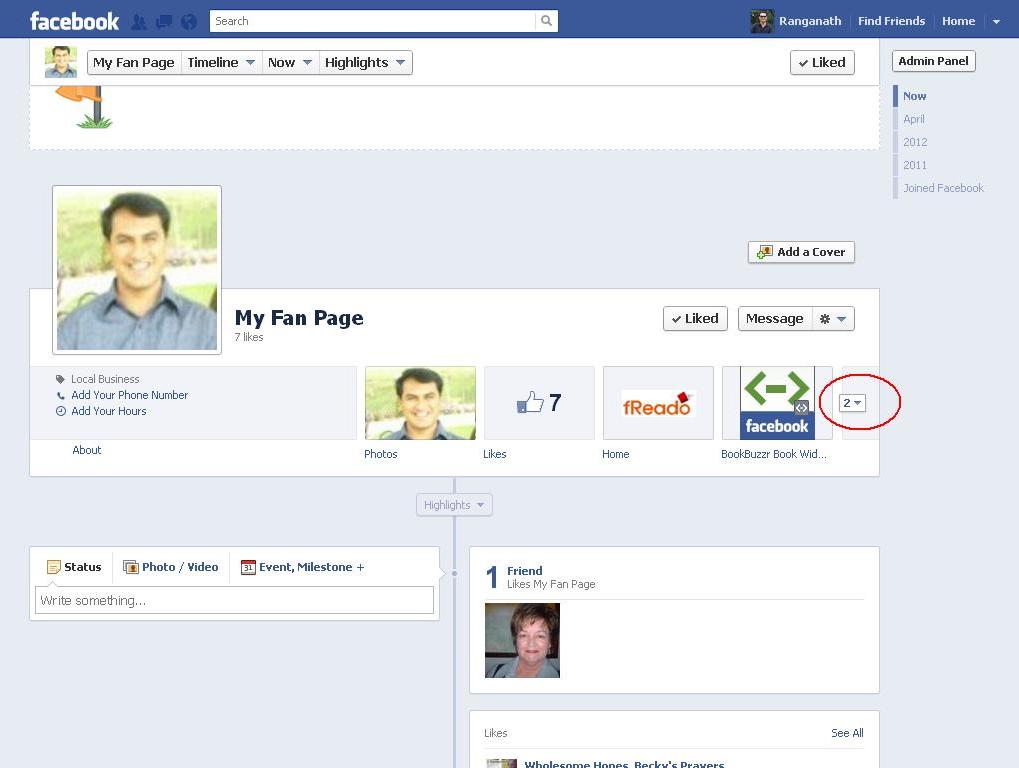A tag line allows readers to slot your book into a category in their head and figure out if they want to learn more about your book. But developing a tag line is not as simple as it sounds. Keep it too general and you land up with a clichéd-sounding description. Make it too detailed and descriptive and you run the risk of zoning out your potential audience.
So how do you create a good tag-line?
You need to ask yourself four questions:
- Who is your target audience?
- How is your book different from the competition?
- Why does your target audience need your book?
- What state of mind should your target audience be in to get attracted to the book?
If you’re a published author, you’ve probably already seen and answered these questions while writing your book-proposal. Once you answer these questions accurately, your tag-line should leap out at you.
One way to create a good tag line is to take a successful, clichéd and well-established idea and then put a twist on it thus making it unique to your book. This has the benefit of self-selecting your target market to your book. Your readers will also automatically connect your concept to an existing set of concepts in their head. This idea is referred to as “anchoring” by Chip and Dan Heath – the authors of Made to Stick.
The other essential element of a good tag line is ensuring that you become very clear about who is your audience. Many authors make the mistake of thinking that their book will appeal to everybody. And this may even be true. But every book has a core audience who will first pick up the book, read it and talk about the book to their friends. Your job is to understand who this core set of people will be. Ideally your tag line will speak the language of your core audience and appeal to them.
Authors writing non-fiction would do well to address their core audience in their tag lines. For example, if you ask my friend – Chetan Dhruve to describe his book – “Why Your Boss is Programmed to be Dictator” he will say, “My book examines boss behavior through the lens of Systems Thinking.” This has the benefit of attracting members from the systems thinking community to pick up the book.
Finally you need to confirm that your book passes the 10 second test. The test is described as follows. Imagine that you describe your book to your friend in 10 seconds using your tag line. Now, let’s say that your friend goes to a party after a month. Somebody starts talking to your friend and in the course of their conversation, asks your friend to describe your book. Will your friend be able to describe your book to this new person without distorting your original message?
As an author, you also need to think about a tag line for yourself. A few days ago, I was speaking to my colleague – Freya. She was really excited about the fact that best-selling author Mitch Albom is using BookBuzzr. Intrigued (and on the lookout for a new book to read), I asked her what kind of an author was Mitch Albom. Her answer? “Mitch is like Paulo Coelho …” I personally love Paulo Coelho and this has now made me desire Mitch Albom’s books. I can’t wait to pick up a copy of his new book – Have a Little Faith.
Here’s an example of a good tag line for a book:
“You Don’t Know Crazy – My Life Before, During, After, Above and Beyond Mental Illness” by Wambui Bahati, a.k.a. John-Ann Washington .
Here’s an example of a good tag line for an author:
Pat Ballard is the Queen of Rubenesque Romances and author of 10 Steps to Loving Your Body (No Matter What Size You Are). Pat describes herself as an author of romance novels with big beautiful heroines. Just brilliant!
Here are 10 places to use your book’s tag-line:
1. On the front cover of your book
2. On the back of your book
3. In the book description
4. In your email signature
5. On your Facebook fan page (check out this article on how to create a FB fan page – How to Setup Your Facebook Public Profile (aka Fan Page) )
6. On your Twitter image
7. In your book trailer – (check out how to create a book trailer here – An Example of a Good Book Trailer )
8. In your press-release
9. On your book blog
10. On your business card (which you probably use when you are promoting your book.)
(Next: Book Marketing Mistake Number 2 – Being sales people)
(NOTE: The author wishes to thank Chetan Dhruve, Freya and other members of the BookBuzzr team for their inputs into this series of articles.)



